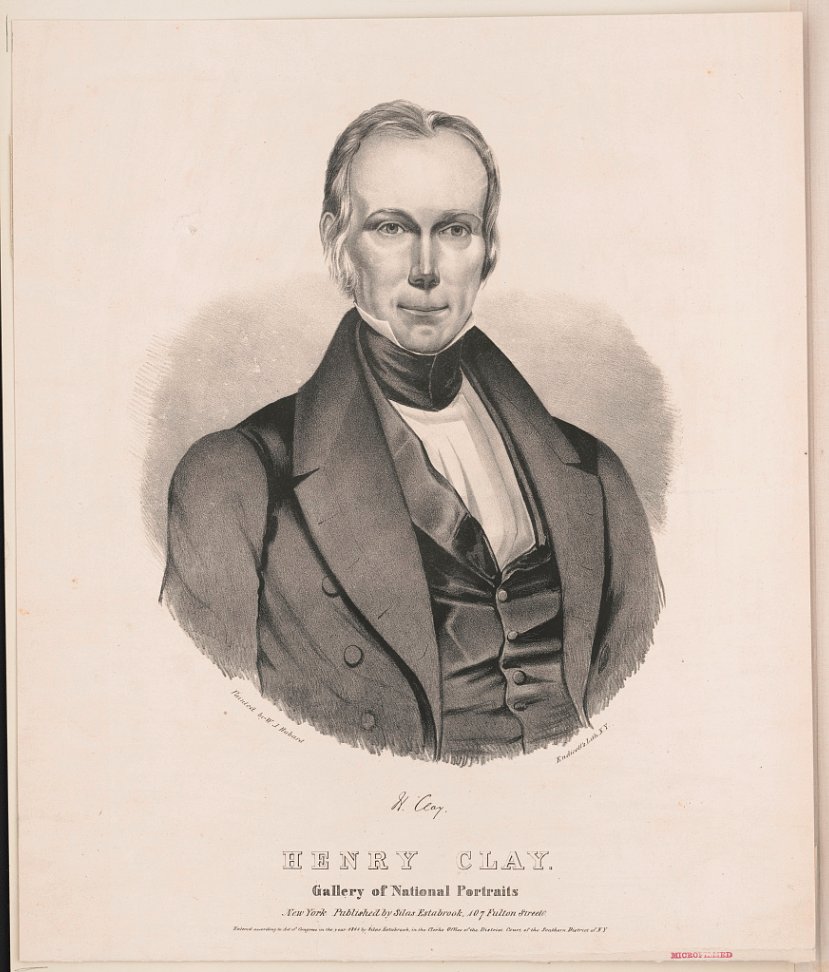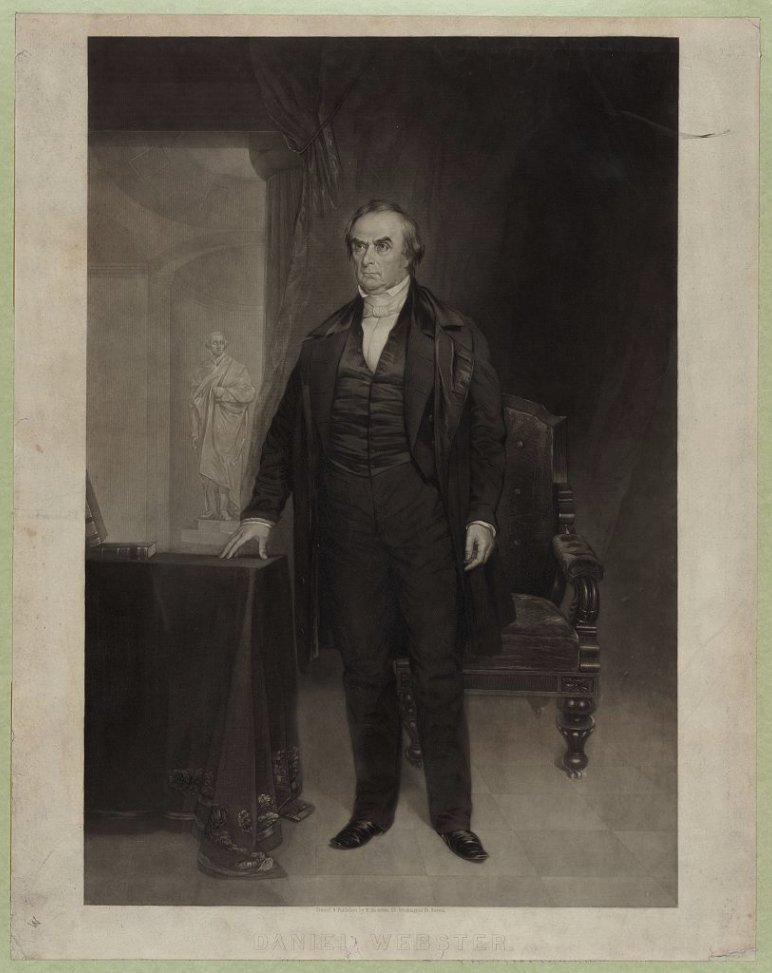
Upon moving into the White House, each president redecorates the Oval Office to make it their own. The president’s desk is perhaps the most important piece of furniture chosen for the room. (1/8)
Image Credit: White House Historical Association
Image Credit: White House Historical Association

Many American presidents have elected to use historical White House desks for their workspace. (2/8)
The Resolute Desk, for example, was a gift from Queen Victoria to President Rutherford B. Hayes in 1880, and has been used by many presidents, including John F. Kennedy, Ronald Reagan, Bill Clinton, Barack Obama, and Donald Trump. (3/8)
Image Credit: WHHA
Image Credit: WHHA

Meanwhile, a number of early twentieth-century presidents elected to use the Theodore Roosevelt desk, including William Howard Taft, Calvin Coolidge, Harry S. Truman, and Dwight D. Eisenhower. (4/8)
Image Credit: White House Collection/White House Historical Association
Image Credit: White House Collection/White House Historical Association

President Lyndon B. Johnson chose to bring his own desk to the Oval Office. The mahogany pedestal partner’s desk had been built in the Senate Cabinet Shop and used by Johnson while he served as a Texas senator. (5/8)
Image Credit: White House Historical Association
Image Credit: White House Historical Association

The desk featured a green leather top which matched his green desk chair and carpeting. Other furniture pieces in Johnson’s Oval Office included three color televisions and a teletype machine, which Johnson used to receive news reports. (6/8)
He also had a portrait of President Franklin D. Roosevelt hung above the fireplace. Lyndon B. Johnson’s Oval Office desk is pictured here, c. 1964. (7/8)
Image Credit: White House Historical Association
Image Credit: White House Historical Association

Learn more about the White House and its historic furnishings in our award-winning book: shop.whitehousehistory.org/products/the-w… (8/8)
• • •
Missing some Tweet in this thread? You can try to
force a refresh








